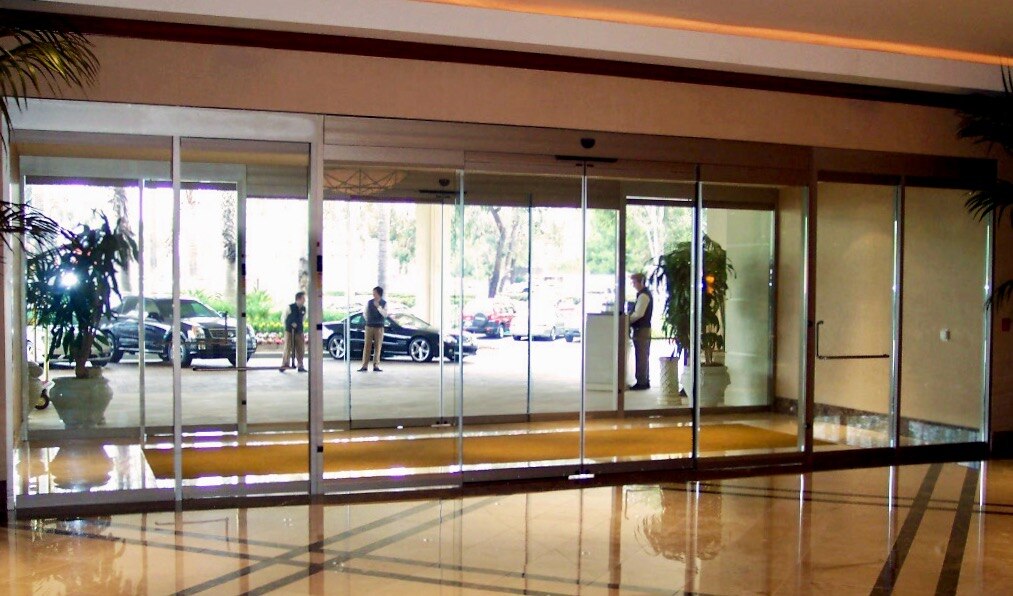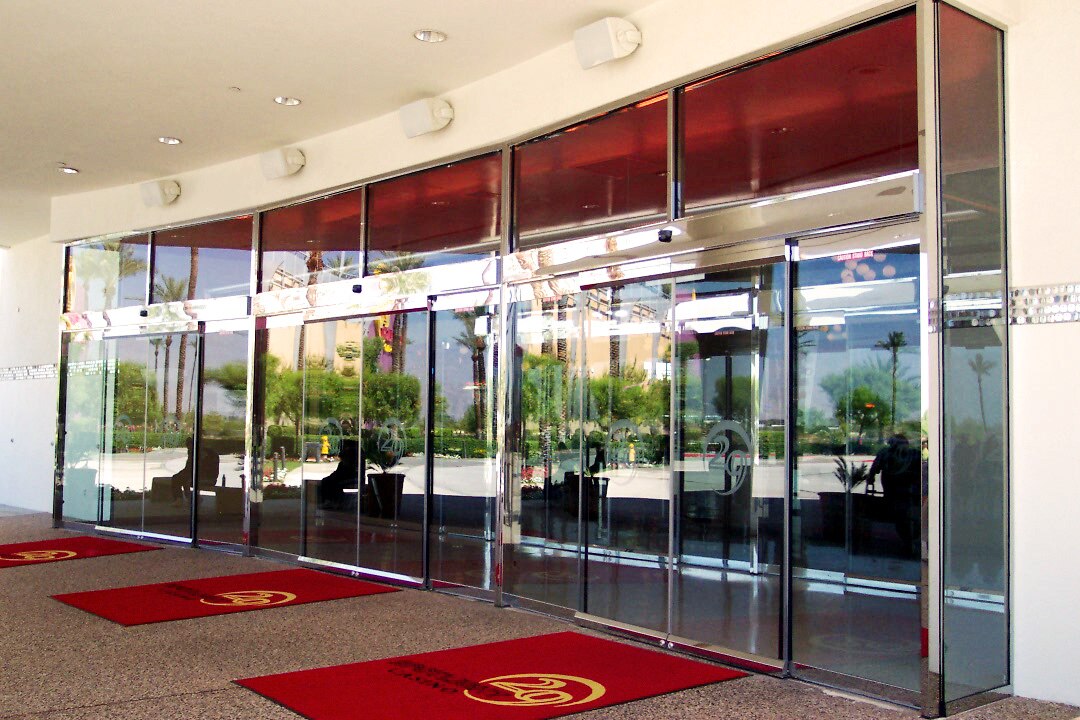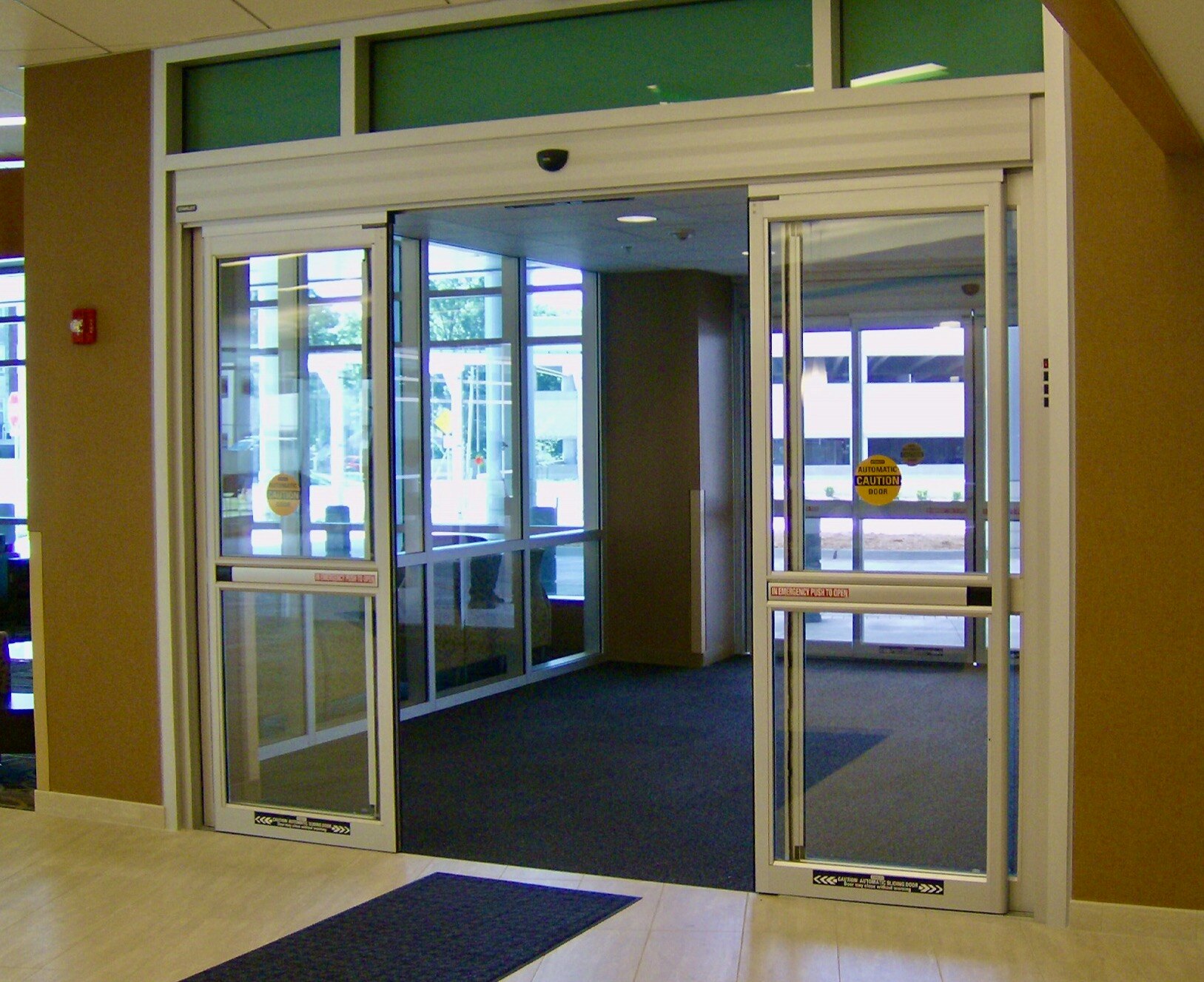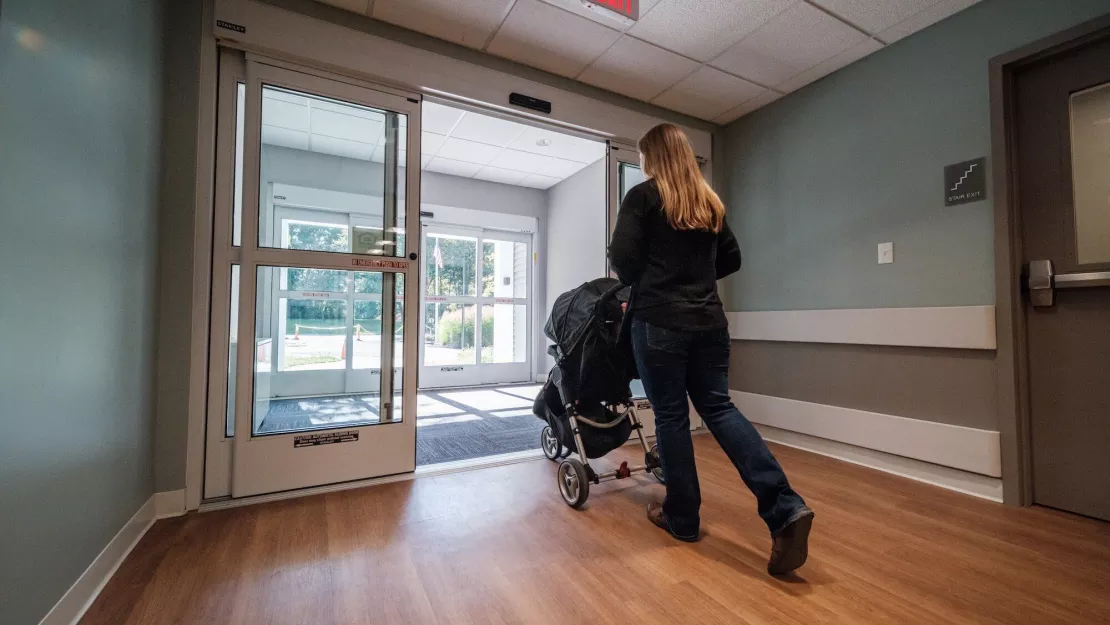Improving energy efficiency
According to EPA.gov, the average building wastes 30% of the energy it consumes leading to unnecessarily higher energy bills. In order to minimize those costs, each element of a budling must be chosen with careful consideration given to energy efficiency, whether it’s a new design or an existing facility. Doors, especially, are a common trouble spot for heat loss and cold air infiltration during colder months and solar heat gains and higher strain on HVAC systems during the summer. Regardless of the type of door and materials used, every doorway will experience some energy loss. But there are some choices that can be made to help maximize door energy efficiency.

Architects and facilities managers often reach out to us for help in finding ways to design their buildings with more energy-efficient solutions, because quite honestly, doors play a major role in preventing or allowing energy loss. We’ve been highly successful in helping our customers select the most energy efficient doors available for their facility.”
Codes and compliance
The International Energy Conservation Code Chapter 4 is the place to start when choosing energy-efficient commercial doors. The code establishes prescriptive requirements based on climate zones and assigns ratings based on thermal resistance (R-Values), thermal transfer (U-factors), solar heat gain coefficient (SHGC), and visible light transmission (VLT).

The basics
To learn how door selection can affect energy efficiency, there are a few basic concepts to understand that affect door energy ratings:
Anyone familiar with home insulation may recognize R-value as it is the same system for rating commercial insulation. Within the energy code, R-Value is used to establish compliance limits for the “opaque” thermal envelope of a building. R-values are used to establish compliance limits for both opaque and non-opaque fenestration products, including energy efficient sliding glass doors.
U-factors identify the rate at which a fenestration product transmits non-solar heat flow. Within a fenestration or door system, there can be several U-Factors based on the variety of materials found in the construction of the product. The U-factor for the overall product is effectively a weighted average of the component U-factors. U-factor can be improved by up to 40% through superior materials design.
Solar Heat Gain Coefficient (SHGC) describes how much solar energy is transmitted from the exterior side of the door into the interior. In glass, SHGC is independent of U-factors and can be manipulated by adjusting the tint of the glass. In colder climates, a higher SHGC might be desirable to allow solar heat to help warm a building, for example.
Like SHGC, VLT is independent of U-factors but can be manipulated within glass by tinting. With that said, VLT correlates to SHGC, in that raising and lowering VLT generally coincides with raising and lowering SHGC. It is also a parameter that can improve occupant well-being and productivity as well as reduce energy costs for interior lighting.

Go above and beyond
Meeting code requirements, however, is only the first step and more can be done to decrease energy-loss specifically through door selection. For example, while many automatic sliding doors can be fully swung out (also called “breakout”) at any point of travel during power outages or to create a large emergency exit, these full break-out doors must be designed with intentional gaps at the bottom which increases air leakage and can compromise energy efficiency. Selecting energy saving doors that only allow for the sliding panel to swing out (partial breakout) can help reduce some of that energy loss. Another way to improve energy efficiency, is to select doors with reduced open door clearance and programming automatic doors to stay open for slightly shorter periods of time. While these options still maintain code compliance, they allow a lower amount of energy to transfer across the threshold as the door is in operation. Lastly, and arguably most important is the selection of the right type of glass. Selecting 1” insulated door glass with a Low-E coating can reduce U-Factor by as much as 40%. This glass consists of two panes of glass separated by air or an insulating gas like argon, along with a Low-E coating to help provide thermal resistance. Low-E coatings minimize the amount of ultraviolet and infrared light that can pass through glass without compromising the amount of visible light that is transmitted.
It goes without saying that building design is a complicated undertaking with lots of factors to consider. But choosing the right doors to help maintain energy efficiency doesn’t have to be. Hopefully, this brief overview will make it easier to select the right doors for your facility.

Let's get started
Selecting the right automatic doors is an easy way to increase your building's energy efficiency and we would be honored to assist you.
Contact us today for specification services that will help you get started.




